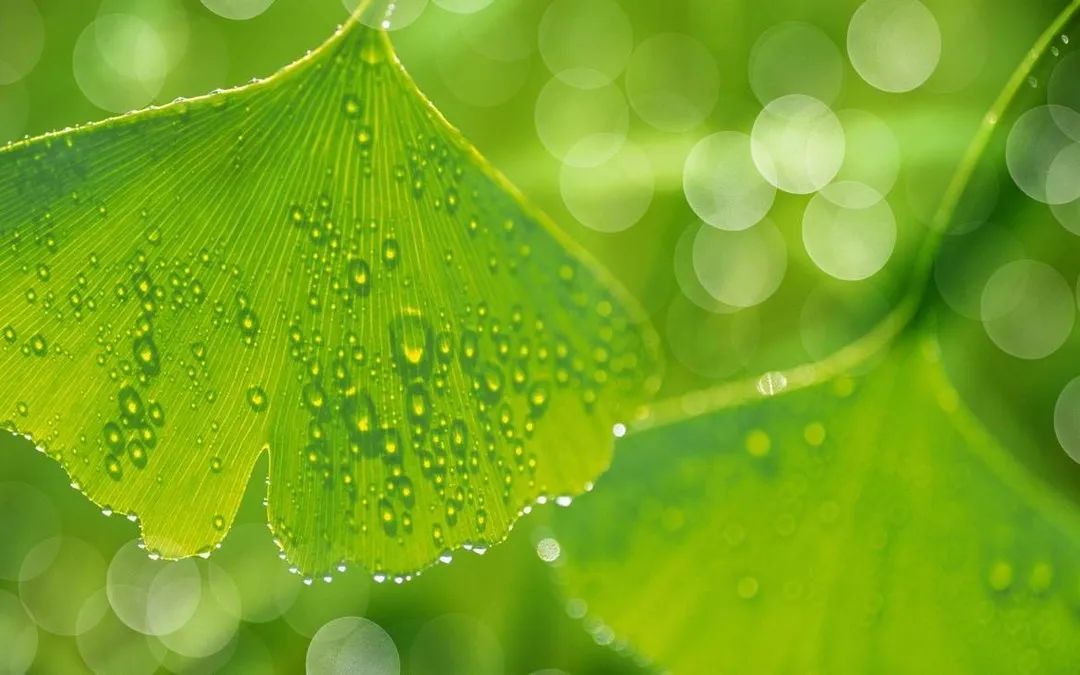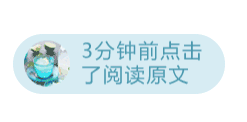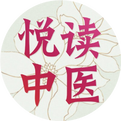Introduction
“Among the six qi, damp-heat is the most troublesome, affecting nearly everyone.” Throughout history, damp-heat has been a significant health concern. Symptoms such as bad breath, loss of appetite, oily skin, easy rashes, oily hair within a day of washing, irritability, excessive vaginal discharge in women, and dampness in the scrotum in men are all signals of excess damp-heat in the body. A master of Traditional Chinese Medicine (TCM) has identified three key points to help patients overcome damp-heat issues.

Damp-heat is a common clinical syndrome. Professor Li Shimao has unique insights and methods for treating this syndrome.
The damp-heat syndrome can arise from both external pathogens and internal injuries. The distinction lies in that internal damp-heat primarily involves internal dampness, has a slow onset, and rarely presents with typical external cold-heat symptoms; the course of the disease can last for years without resolution. External damp-heat is often triggered by external pathogens, generally accompanied by internal dampness, has a relatively rapid onset, and a shorter course, initially presenting with external cold-heat symptoms.
External damp-heat syndrome is not exclusive to warm diseases; it can also occur in cold damage. For example, in cold damage, there are formulas such as Bai Hu Jia Cang Zhu Tang (White Tiger Decoction with Atractylodes), Yin Chen Hao Tang (Artemisia Yin Chen Decoction), Bai Tou Weng Tang (Pulsatilla Decoction), Zhi Zi Bai Pi Tang (Gardenia and Cortex Decoction), and Yin Chen Wu Ling San (Artemisia and Five-Ingredient Powder).
Based on the affected areas, damp-heat can invade the zang-fu organs and meridians. Invasion of the zang-fu organs can manifest as: damp-heat in the spleen and stomach, damp-heat in the liver and gallbladder, damp-heat in the large intestine, damp-heat in the bladder, damp-heat descending to the small intestine, damp-heat diffusing through the three jiao, and dampness obstructing the heart protector; invasion of the meridians indicates damp-heat obstructing the meridians.
The term damp-heat first appeared in the Huangdi Neijing (Yellow Emperor’s Inner Canon), but it did not provide treatment methods or corresponding formulas. Although the Shang Han Lun (Treatise on Cold Damage) discusses the pathogenesis of damp-heat and includes relevant formulas, it does not explicitly name it. The term damp-heat truly became a syndrome classification developed by later physicians during the differentiation of zang-fu syndromes.
In discussing warm diseases, Professor Li Shimao simplified the types of warm diseases into two main categories: warm-heat and damp-heat, making it straightforward and practical, and established three major treatment principles for warm diseases: “Clear, penetrate, nourish.”
For damp-heat syndromes outside of warm diseases, one can also refer to the major treatment principles proposed by Professor Li Shimao, which are clearing heat, penetrating heat, and draining dampness.


 Case Study
Case Study
Wang Yun, female, 24 years old, a student at a TCM college.
Initial diagnosis on April 28, 2014: eczema and prickly heat for 4 years, improved with treatment, but worsens in summer. Current symptoms: itching at the nape of the neck and vulva, no papules, facial acne resembling prickly heat, sensitive to heat. Pulse: deep and wiry (slippery and rapid).
Syndrome: damp-heat stagnation internally, cold binding externally.
Treatment principle:Release the external cold binding and clear internal damp-heat.
Formula: Ma Huang Lian Qiao Chi Xiao Dou Tang (Ephedra, Forsythia, and Red Bean Decoction).
Ingredients: Ma Huang (Ephedra) 6g, Lian Qiao (Forsythia) 12g, Chi Xiao Dou (Red Bean) 30g, Sang Bai Pi (Mulberry Root Bark) 10g, Xing Ren (Apricot Kernel) 12g, Gan Cao (Licorice) 6g, Sheng Jiang (Fresh Ginger) 3g, Da Zao (Jujube) 6g.
Administered with modifications for 21 doses.
Follow-up on June 16, 2014: eczema has disappeared, facial acne appears a week before menstruation and resolves naturally after, menstruation is normal. Pulse: deep and wiry, fine and rapid reduced.
Modified formula: Chai Hu (Bupleurum) 8g, Huang Qin (Scutellaria) 9g, Ban Xia (Pinellia) 6g, Zhi Gan Cao (Honey-fried Licorice) 6g, Dang Shen (Codonopsis) 6g, Pu Gong Ying (Dandelion) 15g, Lian Qiao (Forsythia) 15g, Yu Jin (Curcuma) 8g, Chuan Lian Zi (Melia) 8g, Ze Lan (Lycopus) 15g.
7 doses, decocted in water, one dose per day.
Follow-up on June 30, 2014: no discomfort, pulse deep and wiry, fine and rapid reduced. Continued with 7 doses of the modified formula.

 Discussion
Discussion
The pulse in this case was deep, wiry, slippery, and rapid, indicating: deep signifies internal, wiry signifies cold, slippery signifies dampness, and rapid signifies heat. Therefore, the pathogenesis of this disease is: internal damp-heat with external cold binding.
Ma Huang Lian Qiao Chi Xiao Dou Tang is derived from the Shang Han Lun: “In cold damage with stagnant heat inside, the body must turn yellow; Ma Huang Lian Qiao Chi Xiao Dou Tang is the treatment for this.”
Formula for Ma Huang Lian Qiao Chi Xiao Dou Tang
Ma Huang 2 liang (sweet and warm, remove joints), Chi Xiao Dou 1 sheng (sweet and neutral), Lian Qiao 2 liang (bitter and cold), Xing Ren 40 pieces (sweet and warm, remove skin tip), Da Zao 12 pieces (sweet and warm), Sheng Sang Bai Pi 1 sheng (bitter and cold), Sheng Jiang 2 liang (spicy and warm, sliced), Gan Cao 2 liang (honey-fried, sweet and neutral).
These eight ingredients are boiled in 1 dou of water, first boiling Ma Huang, then removing the foam, adding the other herbs, and boiling to obtain 3 sheng, divided into three warm doses, to be taken within half a day.
This formula is one that resolves both exterior and interior. The pathogenesis treated is: the exterior is not resolved, yang is constrained and transforms into heat, unable to escape outward, combining with dampness, steaming internally, leading to yellowing. The formula uses Ma Huang, Sheng Jiang, and Xing Ren to disperse lung and resolve the exterior, promote diuresis, allowing stagnant heat to escape outward, while Lian Qiao disperses heat accumulation, and Chi Xiao Dou and Sheng Sang Bai Pi clear and drain damp-heat.

In the second and third follow-ups, symptoms improved, but the pulse did not change, indicating the pathogenesis had not transformed. Therefore, Pu Gong Ying and Yi Yi Ren were added to enhance the clearing and draining of damp-heat, and Lian Qiao was increased to 20g to enhance the heat-clearing and detoxifying effects.
Subsequently, symptoms disappeared, and the pulse changed to deep, wiry, fine, and rapid reduced. The wiry pulse reduced to a less than weak pulse, but not to the point of weakness, which is also an innovative pulse pattern summarized by Professor Li Shimao in clinical practice, indicating yang deficiency; fine and rapid indicates yin deficiency. Overall, this reflects a deficiency of both yin and yang, consistent with the characteristics of lesser yang syndrome, thus the formula was changed to Xiao Chai Hu Tang (Minor Bupleurum Decoction) with the addition of heat-clearing and damp-draining ingredients.
Clinical Experience of a Master of Traditional Chinese Medicine


Clinical Cases of Master of Traditional Chinese Medicine Li Shimao’s Pulse Diagnosis
Click the cover to enter the Yuyijia TCM Academy to purchase this book.
Scan to read for free.
Master Li Shimao’s pulse diagnosis system is gaining increasing attention and practice among TCM clinicians. How can we pass on the essence of Master Li Shimao’s pulse diagnosis? Learning from Master Li Shimao’s clinical cases is undoubtedly one of the best methods. His direct disciples strive to maintain the original appearance of each case during the organization process, categorizing and compiling based on evidence to present a real and vivid clinical process. It is hoped that everyone can learn not only the specific methods for treating certain diseases from Professor Li Shimao but also his academic thoughts, and more importantly, his reflective methods in the clinical diagnosis and treatment process.
Series of Books on Pulse Diagnosis Theory —

Previous HighlightsRECOMMEND
Unblocking Meridians: The Most Amazing Herbs
Sitting for Long Periods? Change Your Sitting Position to Drain Dampness and Nourish Your Body
Treating Insomnia: It is Essential to Regulate the Spleen and Stomach
 Copyright Statement
Copyright Statement
Some content of this article is selected from Clinical Cases of Master of Traditional Chinese Medicine Li Shimao’s Pulse Diagnosis (published by China Traditional Chinese Medicine Press, edited by Wang Sipin), with all rights reserved by the original author. Recommended for publication by Yue Du Zhong Yi (WeChat ID: ydzhongyi). Cover images are sourced from Shetu Network, with copyright belonging to the original author. If there is any infringement, please contact for deletion. Unauthorized reproduction is prohibited!


 Click“Read the Original Text” to purchase the recommended book. Good articles must be “looked at”
Click“Read the Original Text” to purchase the recommended book. Good articles must be “looked at”

